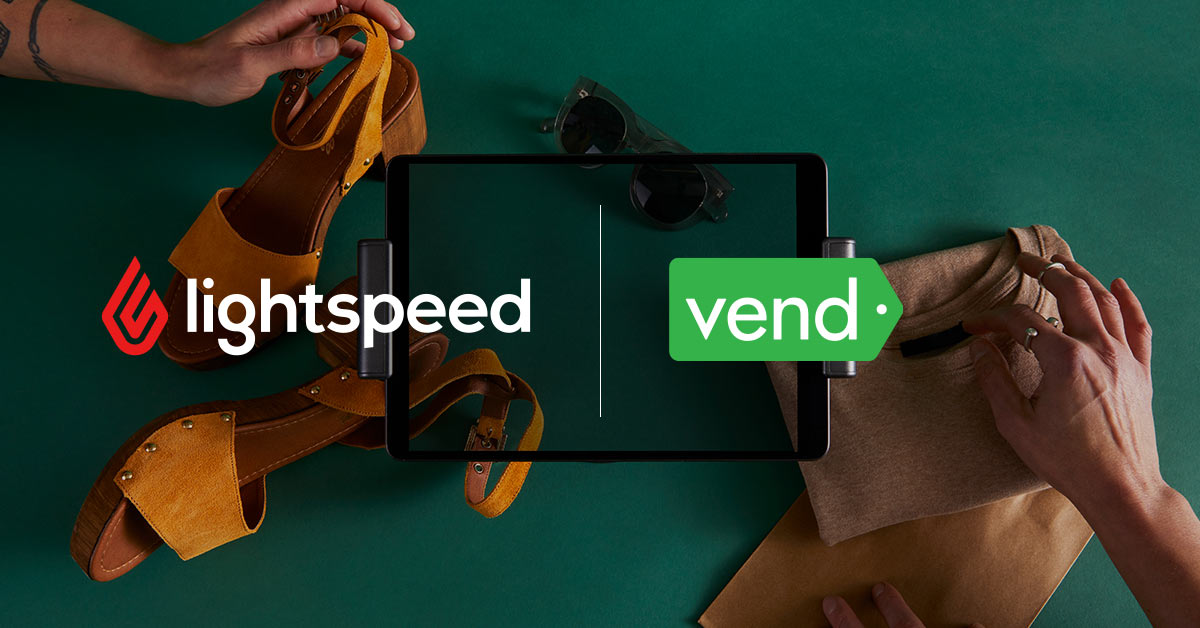
Omnichannel commerce leader grows customer base by more than 20,000 customer locations worldwide, entrenches leadership position in Asia-Pacific
MONTREAL, March 11th, 2021 – Lightspeed POS Inc. (NYSE: LSPD) (TSX: LSPD), a leading provider of cloud-based, omnichannel commerce platforms, today announced it has entered into a definitive agreement to acquire Vend Limited (Vend), a cloud-based retail management software company. The acquisition strengthens Lightspeed’s global retail base and reinforces the company as a premier omnichannel retail platform worldwide for high-performing small and medium-sized businesses.
The acquisition also builds on Lightspeed’s foothold in Asia-Pacific, approximately doubling the company’s customer base and expanding its retail footprint in that region. The combination of Lightspeed with the talent and technology of Vend, widely acknowledged as providing one of the foremost retail products on the market, will help to further growth by ultimately providing the Vend customer base access to the company’s broader commerce solutions, such as Lightspeed Payments, Lightspeed eCommerce, Lightspeed Loyalty, as well as future access to the Lightspeed Supplier Network.
Subsequent to the closing of the acquisition, Lightspeed will serve as the technology partner of choice for over 135,000 customer locations worldwide as small and medium-sized businesses increasingly turn to the company’s innovative, cloud-based platforms ahead of highly-anticipated economic reopenings in both the retail and hospitality industries. Building on the landmark acquisition of ShopKeep, Lightspeed intends to leverage Vend’s complementary modern technology stack and user experience capabilities to continue to deliver the most advanced commerce capabilities to retailers around the world.
“Lightspeed’s mission is to ignite the potential of businesses to enrich the communities they serve, whether they are beloved local neighborhoods or the thriving metropolitan cities we are eager to see bustling with crowds once again,” said Dax Dasilva, Founder and CEO of Lightspeed. “We are thrilled to partner with Vend, a team that matches Lightspeed’s passion for retail. That combined drive will position our global retail base of high-performing businesses for success as they emerge from a truly transformational period in the history of modern commerce.”
“Lightspeed’s global excellence and commitment to community is inspirational to Vend,” says Ana Wight, CEO of Vend. “By joining forces, we will power the global transformation of retail and pour our unparalleled collective efforts into the success of our retailers at this pivotal moment in our industry. As a New Zealand-based company, we’re proud to be globally recognized for the product and company we have built and are excited about this next step in our journey.”


